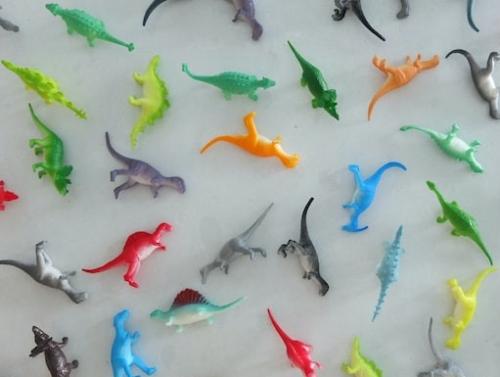Exploring the characteristics of everyday objects and shapes and using mathematical language to describe them
Creating and describing patterns
Counting and comparing numbers





Children often enjoy making collections of objects like leaves, pebbles or buttons, which they arrange in patterns or put into containers.
Adults could take children on collecting trips outdoors, providing containers and labels to display arrangements.
The Activity
Take the children on an autumn walk with collecting bags and invite them to choose something to collect, such as twigs, conkers, ash keys etc. (of course, observing the usual health and safety precautions). On their return, children can make a display to talk to everyone about.
Encouraging mathematical thinking and reasoning:
Describing
Tell me about your pine cones/leaves/ash keys.
Have you seen shapes like these before? What have you seen that is similar? Different?
Tell me about your display. Why have you chosen to arrange them like this?
Tell me about your pattern. How does it go?
Reasoning
Why do you think they are like ...? What is different/the same about these?
Can you make your pattern longer/bigger? What would come next? Why?
Opening Out
Is that tray big enough? Can you find one that is?
I wonder how many little fir cones you could fit in your bag?
Can you make a different pattern using two sorts of things?
Recording
Can you find/make a label for your collection to show how many there are?
Can your friend tell how many you have in your collection without counting to check?
Can you find a way to record your pattern?
The Mathematical Journey
Shape:
- developing language to compare and contrast shapes, using informal vocabulary such as pointy, and more mathematical terms like straight or round
Number:
- noticing numbers increase as more are collected
- counting and cardinality - progressing from knowing some number words to saying one number for each object, then knowing the number of the whole group
- relative number size - comparing numbers
- part-whole numbers - noticing numbers within numbers, with subgroups in collections
Measures:
- developing language from e.g. bigger or fatter, to more specific terms like longer, wider, heavier, holds more than
Patterns:
- continuing the pattern in ones, then in complete units; ABAB progressing to ABC, ABB, ABBC
- identifying the rule of the pattern: 'It goes red, blue, blue'
Development and Variation
Outings - If you note what children are interested in, you can supplement collections back in your setting. NB: You may need to deter children from picking flowers, eating berries or collecting unsavoury objects like litter (or ensure they wear gloves)!
Making provision to stimulate collections
- Hide collections in the sand around the setting/outdoor area - or in water to be caught & fished out.
- Display collections in compartments with labels
- Provide containers of different sizes and shapes, especially with compartments, like printing trays, chocolate boxes, bun or plant trays and number cards to match or write on.
- Use light boxes to look at shapes of silhouettes or place between hinged mirrors - collections put between them will appear much bigger!
- Provide purposes for sorting and arranging e.g. resources for tidying and checking, for creative work or for a role-play area such as a shop.
Resources

You will already have lots of collections of things in your setting. Those with several of one item provide more potential for counting. You might provide assortments which are:
- miniature objects, such as cars, small people or animals
- connected with parents' jobs or activities, e.g. nuts and bolts, tickets, packaging
- part of a role play area e.g. treasure, hats, shoes, tools, boxes
- specifically mathematical e.g. numerals in different forms, block-play shapes
Download a PDF of this resource.
Acknowledgement: Helen J. Williams

